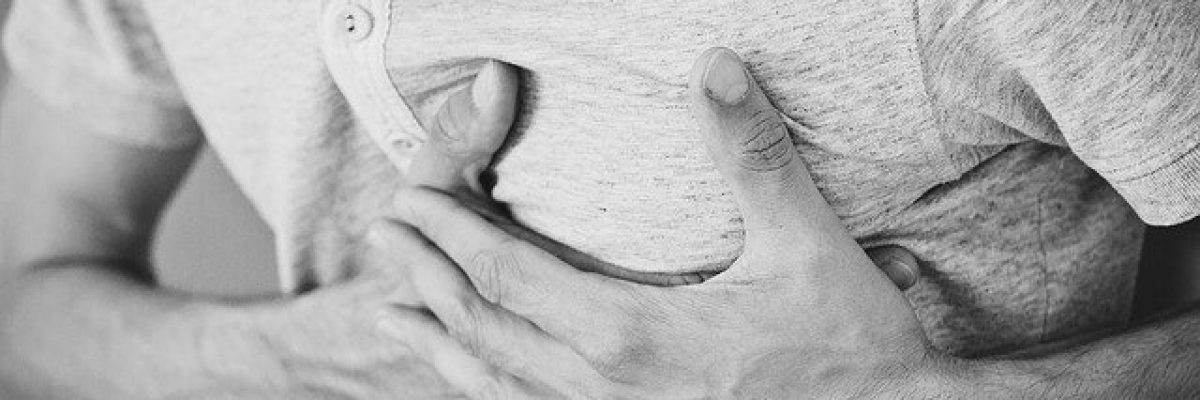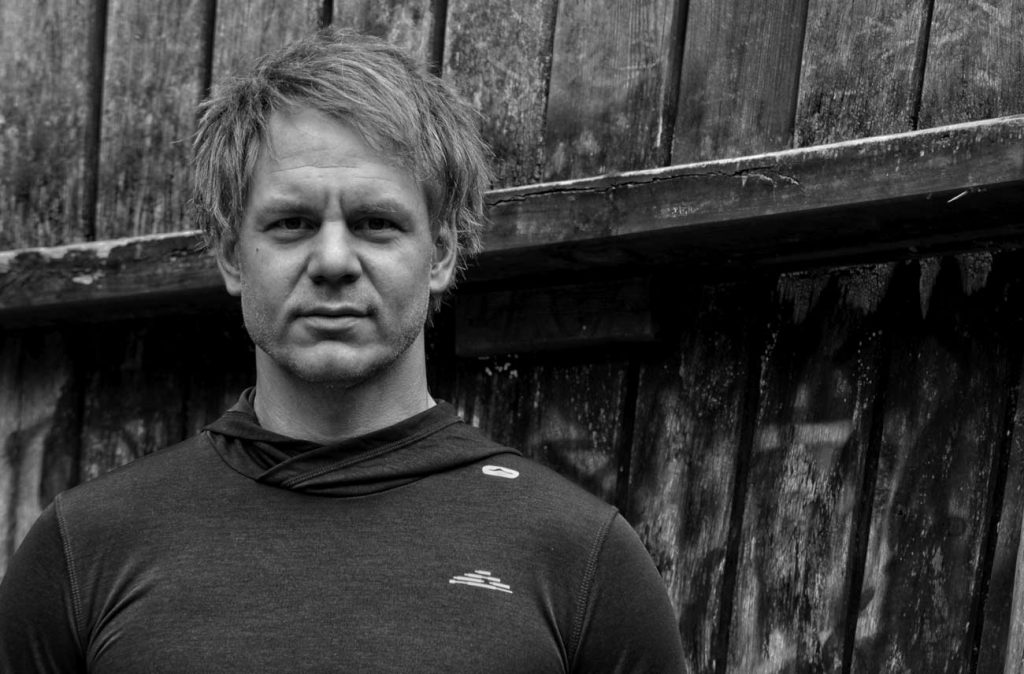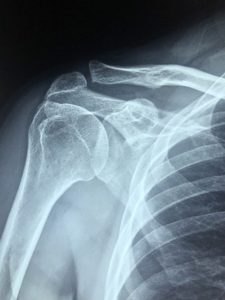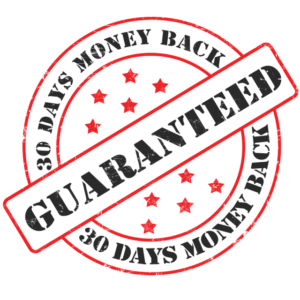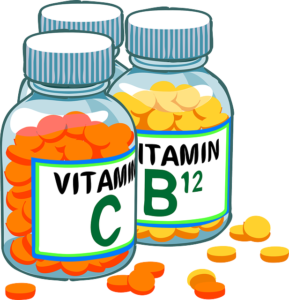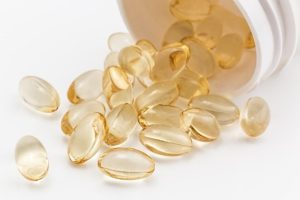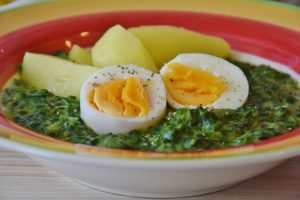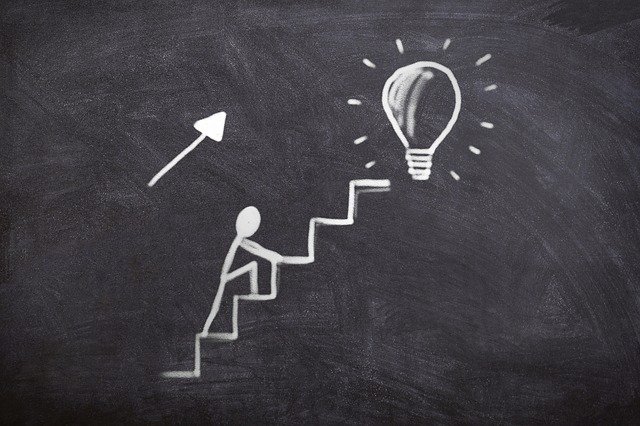The pain relieving specialist explains: Pain in the chest? Difficulty breathing? An oppressive feeling in the chest? Is it the heart? Just look at my approach.
It does not always have to be the worst! The reason for the chest pain may well be a blockage in the thoracic spine, which can then be felt in the chest. Why? The thorax is strong and stable to protect the vital organs in the chest cavity. At the same time, the respiratory muscles sit on it. This means that the rib cage must also be flexible.
This is what the many muscular and articulated connections are for. For example: thoracic vertebrae, connections at the ribs (cartilaginous sections) and of course the intervertebral discs. These are mobile and are always involved in breathing in and breathing out.
The thoracic spine is therefore part of a complex system. Inflammatory diseases often occur here, which can then lead to vertebral blockages. The same muscle groups are responsible for trunk posture and breathing. The main cause of a blockage lies in their tension and shortening. The main reasons for this are one-sided movements, incorrect posture and a lack of movement. The result is tension and shortening. The abdominal and chest muscles at the front become shorter, while the back muscles try to keep the upper body as upright as possible and have to constantly stretch against it. As a result, your muscles are in a permanent state of imbalance.
Breathing is another issue. A tense diaphragm in particular can lead to shallow breathing and symptoms like shortness of breath, chest and back pain. After all, the diaphragm is a breathing muscle at the lower end of the chest that moves flexibly when you breathe in and out. If it is overstretched and shortened, this elasticity is no longer present. This can pull the entire structure out of its normal position.
When the thoracic spine is blocked, sufferers often feel a pain that sits between the shoulder blades and radiates forward over the ribs into the chest. The pain is often dull and/or pressing. Because chest pain can be gastroesophageal (stomach and oesophagus) or even cardiac (heart), it is important to find out how the symptoms of a blockage differ from those of serious illnesses. This makes sense.
Of course, this should always be clarified during a medical examination.
From here on it gets exciting (!): So if the symptoms, pain and tightness can be normalised by doing exercises, would it make sense to continue taking medication from then on? I suspect not. In the end, I can only show one way and offer my support.
What you do with this information is up to you. What is it that you can lose in the worst case, in the first interview? 2 hours of your time. More importantly, what can you gain? Or regain? Independence.
By the way, new appointments are possible again.
I look forward to your feedback.
Until then.
Stay strong.
Matti

